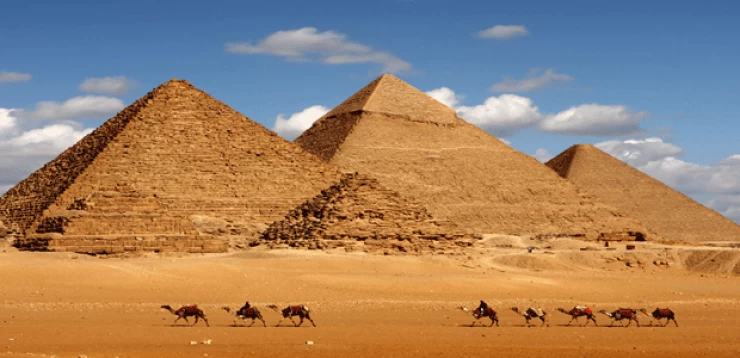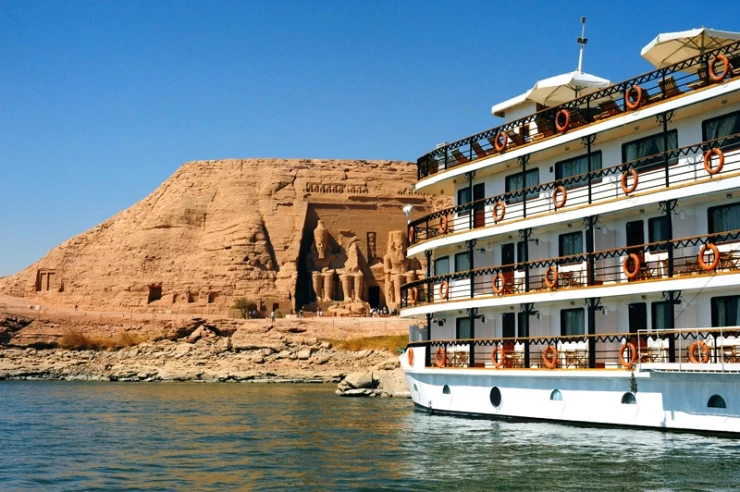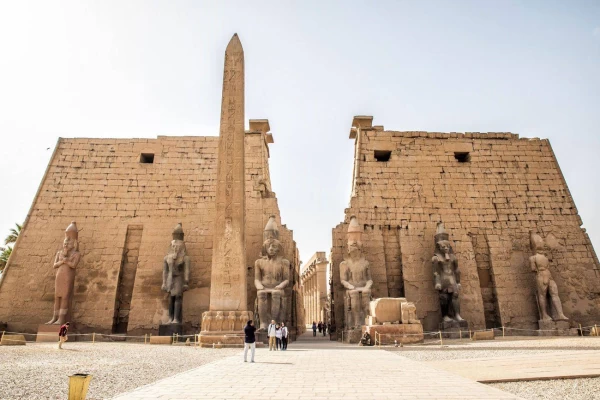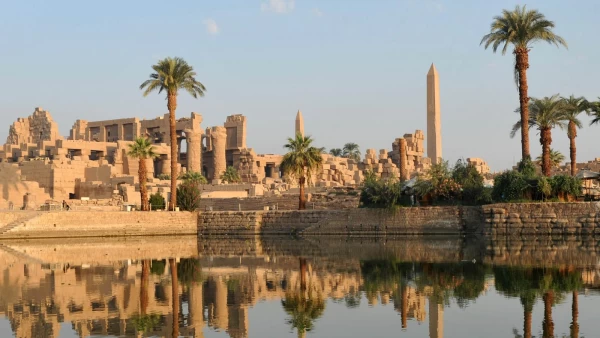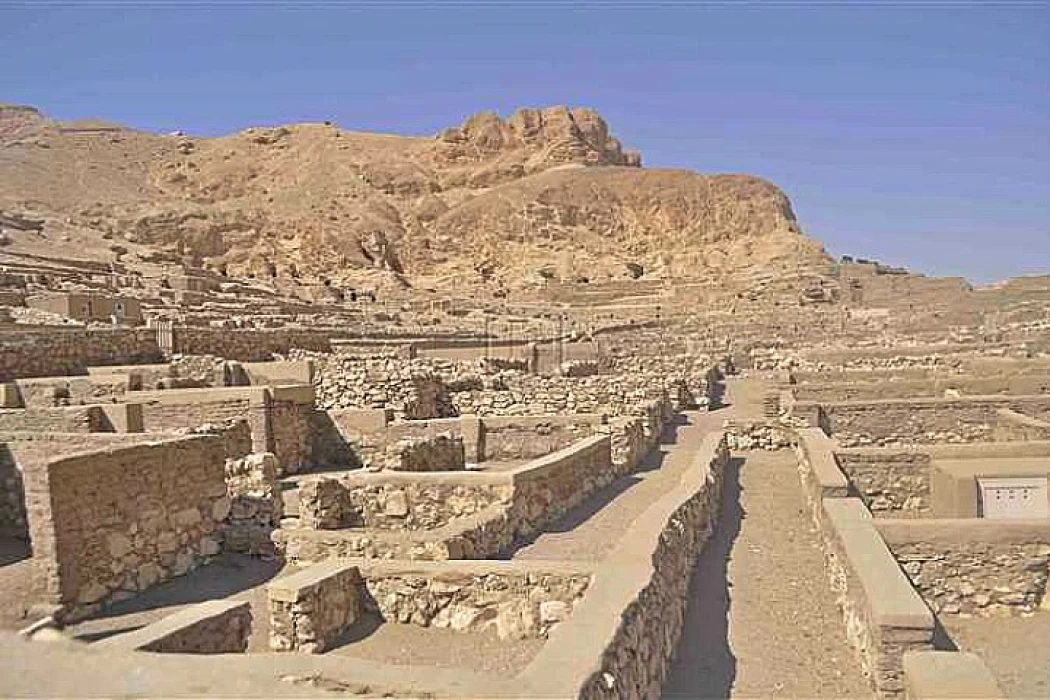
Deir El-Medina in Luxor
Deir El-Medina in Luxor
Excavations on this site have brought about 70 houses to the light, surrounded by a boundary wall. The site is heavily ruined by time, but the structure of the houses is still well preserved. Each consisted of an entrance hall and four rooms, a staircase that leads down, and another that goes up to the terraced roof.
The builders of the temples were buried in perfectly decorated tombs and topped with a small pyramid or a pyramidion in Deir El-Madina, south of the Valley of the Kings.
Deir El-Medina in Regards to Important Events and Regions:
Village of Ancient Egyptian Artists: In Ancient Egypt, temples and tombs were the most grand-scale works of art; however, Deir El-Medina was occupied by the people, such as the laborers, artists, and scribes, who toiled all their lives in constructing the tombs of pharaohs and nobles. Standing at this preserved site and strolling around, you will be able to see their living and workspace more so than their burial places—a glimpse that is hardly seen in the other royal families in Egypt in the olden days.
Exquisitely Designed Enclosures: The enclosures in Deir El-Medina, though not as wide as those for royalty, are profound in their artwork. Within, vivid images can be found that show daily and religious activities as well as personal scenes, which help understand ancient Egypt’s way of beliefs and life. These artworks, which are some of the most exquisite works of Egyptian fine art painted in situ, include artistic representations of features typically not depicted in monumental tombs.
Understanding History Like Never Before: There is no other place that can compare to Deir El-Medina from an archaeological perspective, as, in addition to all of this, it outlines the social structuring and even the working conditions and conflicts of the craftsmen. Here, thousands of years ago, such artifacts as private correspondence, duty rosters, and even strike information were discovered, making it possible to describe the way of life 3,500 years back in time.
Clearly stunning and quiet geography: Nestled between hills and less busy than many of the tourist attractions in Luxor, Deir El-Medina maintains a tranquil setting. The very site of the village, that is, Theban Hills, which infuses its scenic beauty, also serves as reassurance and contemplation to the visitors, meaning that it is also a place to explore in silence and import.
Fun sightseeing tours with local guides: In Deir El-Medina, qualified archeological guides are always available to give an account of the site and the stories of the craftspeople, as well as the secrets that are still being revealed by the archaeologists. Such tours can be beneficial in eliciting an understanding of the
Valley of the Kings in Luxor
The best-known facts about the workers of Deir el-Madineh: The workers of the city monastery came out in the first revolution in history against the injustice of the rulers.
City monastery workers' rebellion confronts King's officials for stealing treasures from cemeteries.
City monastery workers refused to allow Pharaonic state rulers to unite married women.
The city monastery workers' revolution came out against moral corruption in Pharaonic times.
City monastery workers protested against not paying their wages for the intransigence of officials with them.
The small size of these tombs allows only small group visits. The tombs take the shape of a courtyard surrounded by a chapel, under which the funeral chamber was located. To the west, going up the hillside, you will come across some simpler tombs that are carved out of rock. 3 of them are open to the public and deserve to be visited for their magnificent wall decorations.
You can go and visit a special place called the Deir Al-Shilouet Temple. It's a very old temple from ancient Egypt, where you can see and feel how great the Egyptians were a long time ago.







